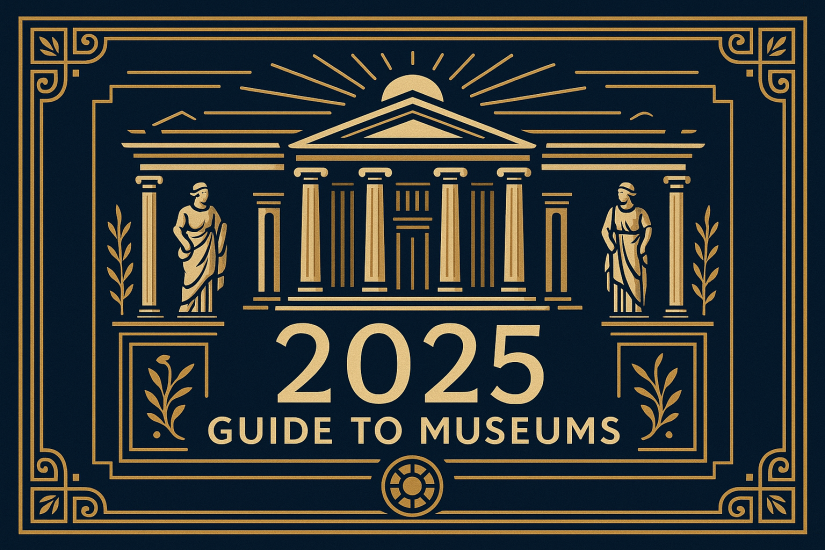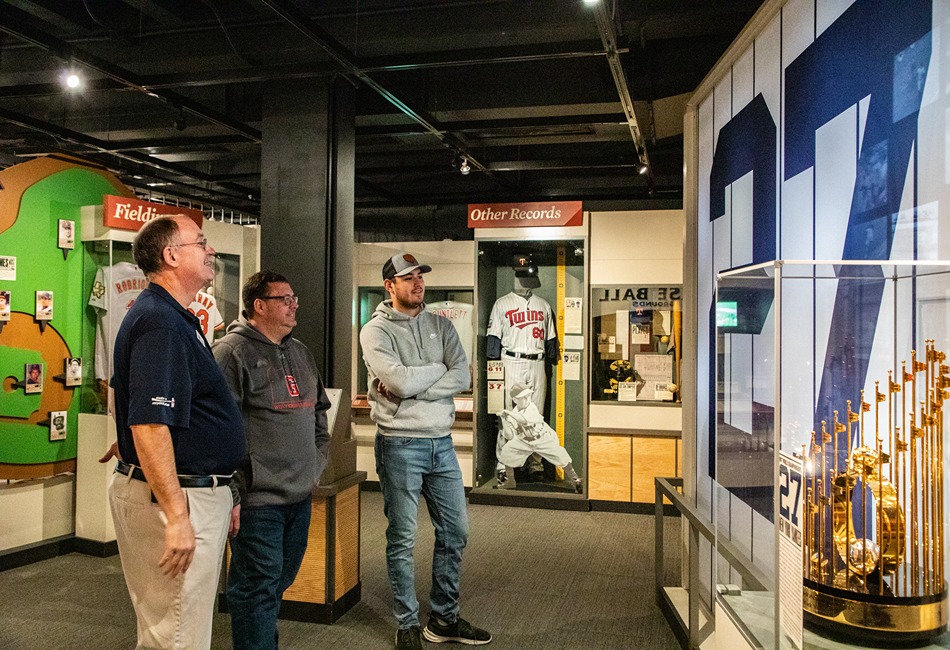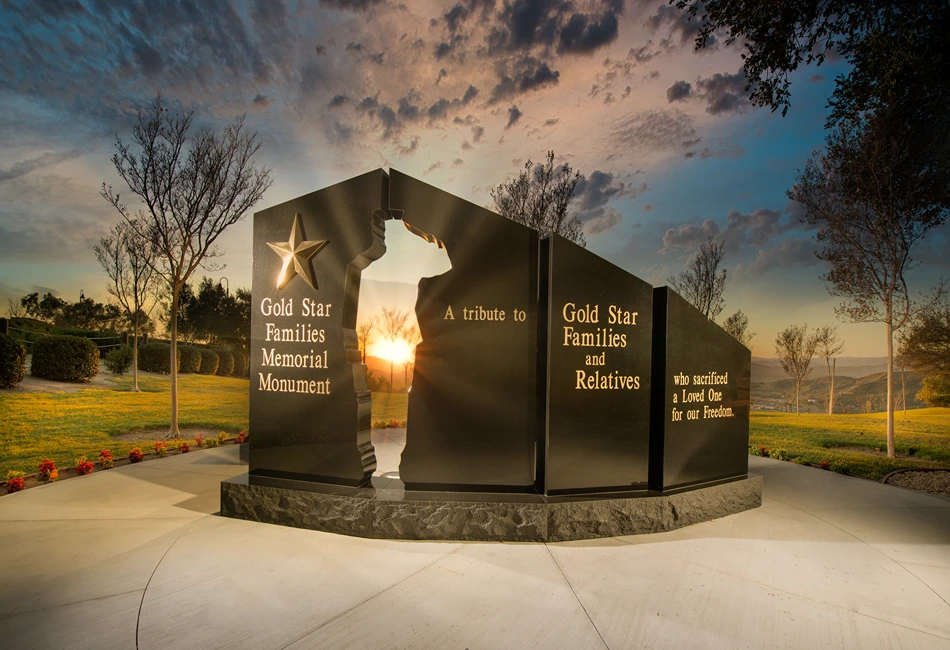Group Guide to Museums
2025 EditionMuseums provide a unique opportunity for groups to learn about various subjects, including art, history, science and culture. Here are some of the best museums in the country that offer informative exhibits, interactive displays and guided tours.
Group Guide to Museums
2025 EditionMuseums provide a unique opportunity for groups to learn about various subjects, including art, history, science and culture. Here are some of the best museums in the country that offer informative exhibits, interactive displays and guided tours.

In this 2025 Leisure Group Travel Museum Guide
Are you crafting a group travel itinerary and looking for destinations that inspire, educate, and entertain? The 2025 Group Guide to Museums is your trusted companion for curating memorable cultural experiences. This year’s guide highlights must-see museums that bring history, culture, and legends to life—perfect additions to any group tour.
Below, you’ll find concise profiles of standout museums across the country, each offering enriching exhibits, visitor-friendly services, and practical details to simplify planning. Whether you’re designing a leisurely cultural outing or a multi-stop educational tour, this guide equips you with the insights needed to elevate your group’s travel experience with inspiring and unforgettable museum visits.
Recommended Museum Experiences for Groups

Salem Witch Museum for Leisure Groups
Housed in a beautifully preserved brick-and-brownstone Gothic Revival building, the Salem Witch Museum has welcomed visitors from around the world for more than 50 years.

Strawbery Banke Museum in New Hampshire
Strawbery Banke Museum brings over 350 years of history to life in Portsmouth, New Hampshire, within a historic waterfront neighborhood.

National Baseball Hall of Fame and Museum
Exploring Baseball’s Legacy: The National Baseball Hall of Fame and Museum

Walk Through History at the Ronald Reagan Presidential Library
Perched atop a hill with sweeping views of the southland, the Ronald Reagan Presidential Library and Museum is one of California’s most beautiful and unique destinations.

Texas Ranger Hall of Fame and Museum
A Historical Museum for Tourists in Waco, Texas is the Texas Ranger Hall of Fame and Museum

Museum of the American Revolution
The Museum of the American Revolution tells the story of the nation’s founding.
